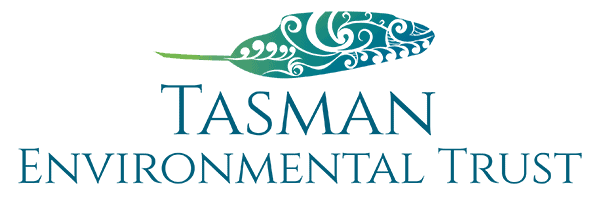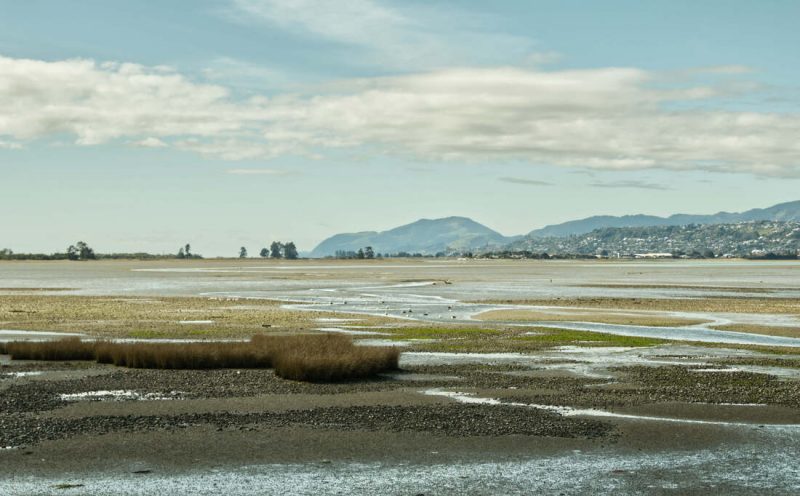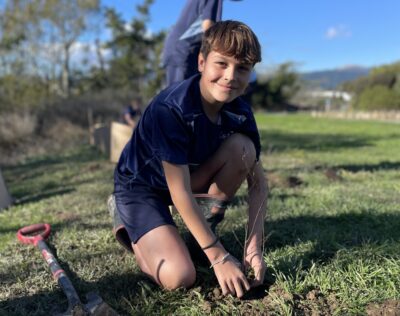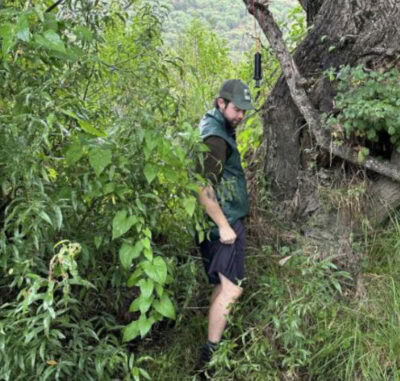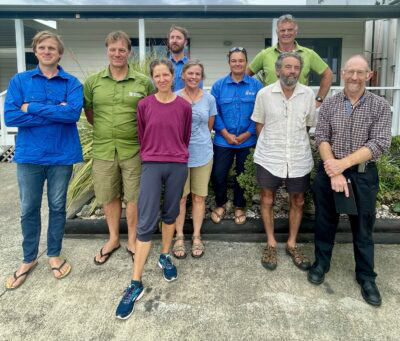1 September 2020
Media Release
For immediate distribution
“From backyard dump to somewhere special,” was one participant’s vision for Nelson-Tasman’s estuaries at New Zealand’s inaugural Blue Carbon Workshop last Friday.
Twenty-five representatives from local business, government, community conservation and other stakeholder groups attended the workshop at the Headingly Centre, Richmond to learn about natural carbon sequestration in coastal and marine ecosystems.
Keynote speaker Helen Kettles, Technical Advisor–Marine with the Department of Conservation in Wellington described coastal wetlands as “the sleeping giants of climate change mitigation” and said the implications for Nelson-Tasman were huge.
“Farewell Spit contains the largest area of seagrass in the country,” she said. “You have a large blue carbon sink right on your doorstep.”
She said there was growing global interest in understanding the mechanics of blue carbon and acting to preserve wetlands but the term was little-known in New Zealand.
“We have over 15,000 km of coastline—the ninth-largest in the world—and over 300 estuarine systems,” she said. “I see blue carbon as an emerging solution in Aotearoa New Zealand for mitigating climate change.”
Other keynote speakers included Dr Stacey Trevathan-Tackett, Postdoctoral Research Fellow at the Blue Carbon Lab in Melbourne’s Deakin University, Australia, and Dr Fiona Ede, who is currently working with the Tasman Environmental Trust on an initiative to create jobs furthering local blue carbon research.
Twenty-five people attended a blue carbon public meeting on Saturday.
The workshop and public meeting were jointly hosted by the Tasman Environmental Trust and Waimea Inlet Forum.
ENDS
CONTACT
For more information or to arrange interviews, please contact:
Gillian Bishop, Chair, Tasman Environmental Trust— 03 5440433 | 027 2407534
ABOUT BLUE CARBON
• Blue carbon refers to the carbon stored in coastal ecosystems including tidal marshes, seagrass meadows and mangroves
• Carbon is stored in both plants and sediment
• Saltmarshes like the Waimea Inlet can store 10 times more carbon than the equivalent area of forest
• The term “blue carbon” was coined in 2009
• More here: https://www.thebluecarboninitiative.org
